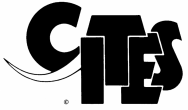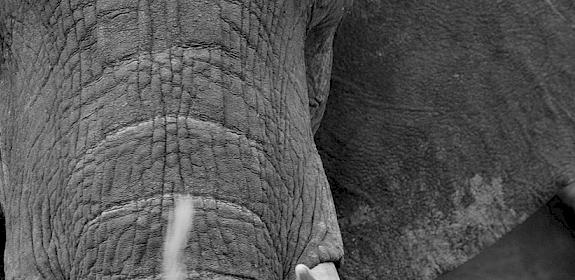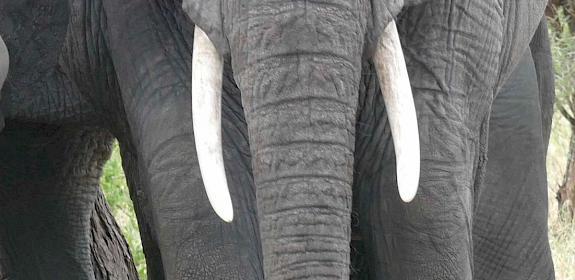Big Cats on CITES Agenda: report on legal and illegal trade released
A report on legal and illegal trade in lions and other big cats undertaken by TRAFFIC under contract from the CITES Secretariat is annexed to SC75 Doc. 13 underscores the complexity of demand for big cat products, how this has driven nearly every country in species ranges to be a source for illegal trade and the need for CITES Big Cats Task Force.
There is an urgent need to understand and address the interconnectedness and impacts of legal and illegal trade of different big cat species. The now-released report will hopefully also prove to be a great support for the upcoming work of the CITES Big Cat Task Force.

The report reviewed the trade routes and commodities traded of eight big cat species and observes that there is evidence of significant continued trade, both legal and illegal:
- lions (Panthera leo)
- tigers (Panthera tigris)
- clouded leopards (Neofelis nebulosa)
- jaguars (Panthera onca)
- leopards (Panthera pardus)
- pumas (Puma concolor)
- snow leopards (Panthera uncia)
- live specimens of cheetahs (Acinonyx jubatus)
Concerningly, the mislabelling of parts and derivatives, seemingly to meet the demand for other almost indistinguishable species parts, appears to be prevalent. This makes identifying actual numbers of big cats to the species level in trade difficult, and therefore any big cat species may be opportunistically caught for trade.
Bones and skins for traditional medicine products were the most frequently seized specimens, with those from tigers and leopards predominating. Much of the trade appears illegal under national legislation, highlighting the urgent need to bridge gaps in laws or enforcement.
Due to the ease in which big cat parts and products can be substituted for each other – for example, a lion claw looks like a tiger claw – most big cat species are found in trade due to the demand of only a few species. Hopefully, this report will provide the clarification needed for Parties better understand the state of trade and, subsequently, how to protect big cats in their national legislation."
Sarah Ferguson, TRAFFIC Conservation Crime Convergence Coordinator
Demand for tigers appears to be driving predominantly illegal trade in other big cat species parts, and there are ongoing concerns related to the captive breeding of legal trade of live specimens.
TRAFFIC supports the draft Decision establishing the CITES Big Cats Task Force, which would allow Parties to coordinate strategies to tackle illegal trade in all big cat species from Africa, Asia and Latin America.
Notes:
The report on legal and illegal trade in lions and other big cats (SC75 Doc. 13), as instructed by the Secretariat (as per Decision 18.246, paragraph a), was presented to the CITES Animals Committee and Standing Committee in March 2022 and has now been released as an information document.
Convention on International Trade in Endangered Species of Wild Fauna and Flora (CITES)

The Convention on International Trade in Endangered Species of Wild Fauna and Flora, is an international agreement between governments that aims to ensure that international trade in specimens of wild animals and plants does not threaten their survival. Find out more here.





